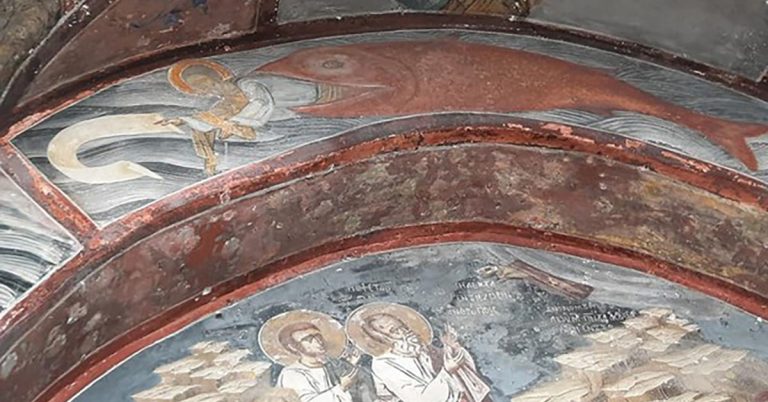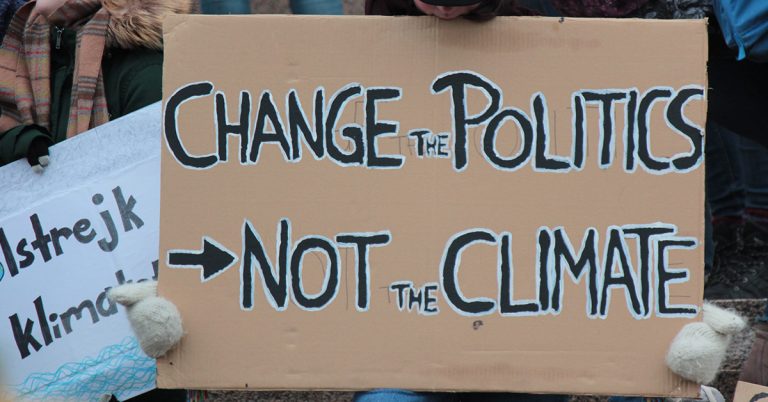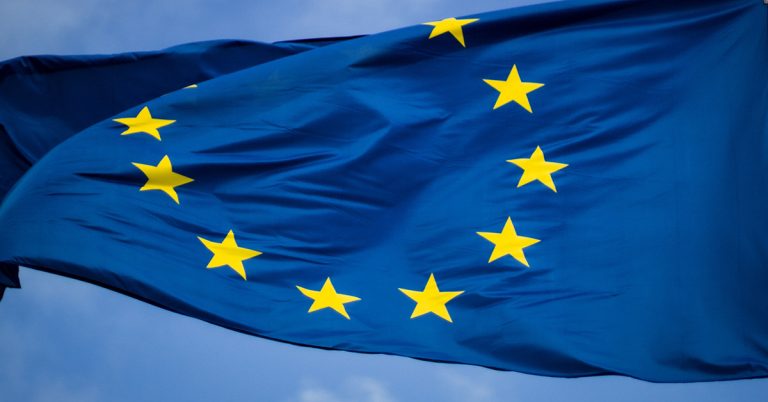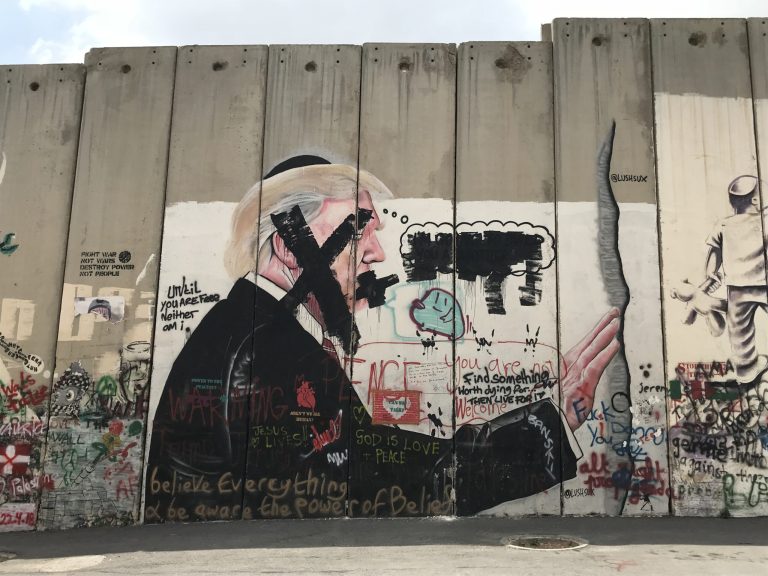
-
Ten everyday lessons
Read more: Ten everyday lessonsChantelle Gray offers a vivid tribute to Deleuze and Guattari’s radical becomings, calling for creative resistance and world-making.


Chantelle Gray offers a vivid tribute to Deleuze and Guattari’s radical becomings, calling for creative resistance and world-making.

Michail Theodosiadis explores what the European Union can learn from the transcendent values of the Byzantine Empire.

By Shashi Kant Yadav Read Part One Climate Change and Neo-functionalism In the past decade, the EU’s supranational institutions have expanded their integrational approach eventually facilitating interest groups to mobilize beyond their state boundaries as an actor rather than a subject. To explain…

By Shashi Kant Yadav “If groups within or among states believe that supranational institutions are more promising than national institutions in achieving their interests, then regional integration will result …” Haas, E.B. In 2018, members of ten European families, engaged…

The past years have seen many commemorations in the Israeli–Arab conflict: 100 years since the Balfour Declaration (2017), seventy years since Israel was created (2018), fifty years since the 1967 war (2017), thirty years since the first intifada (2017), and…